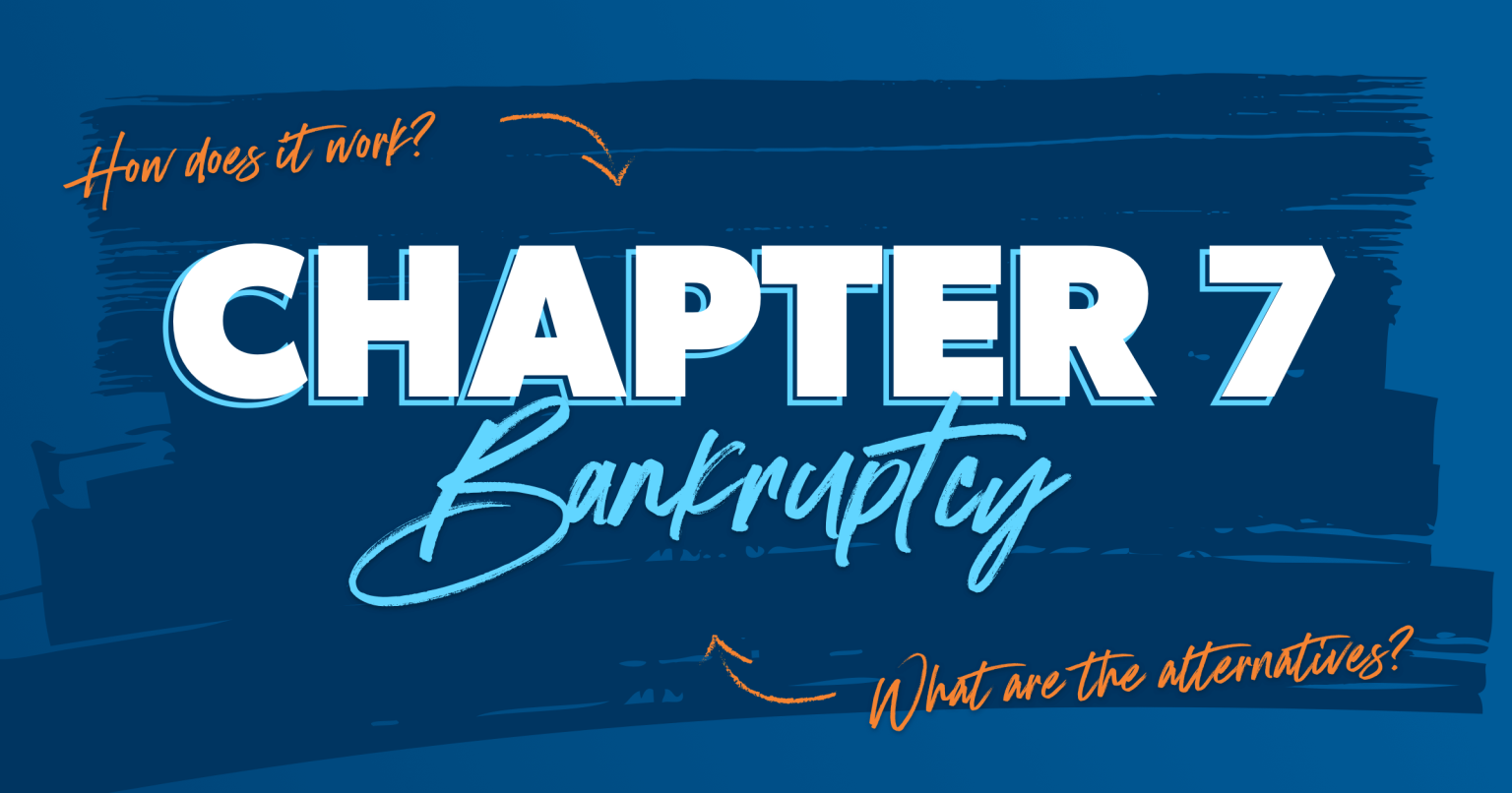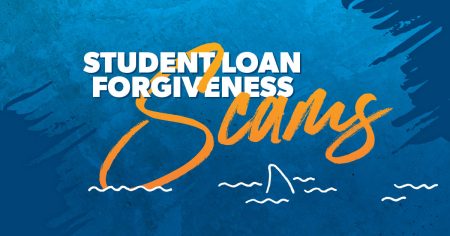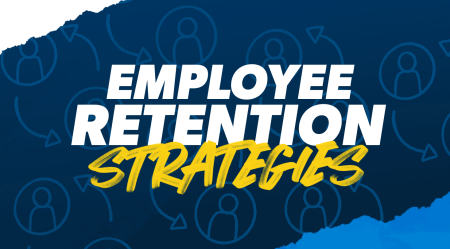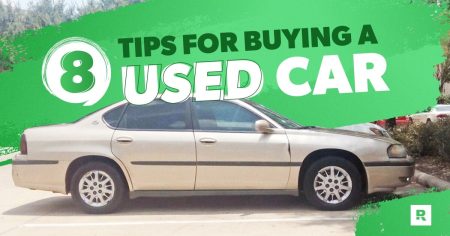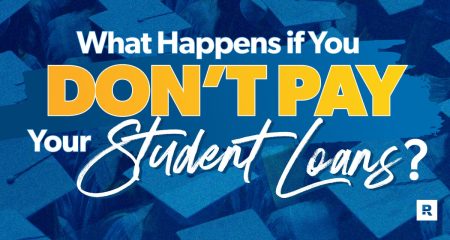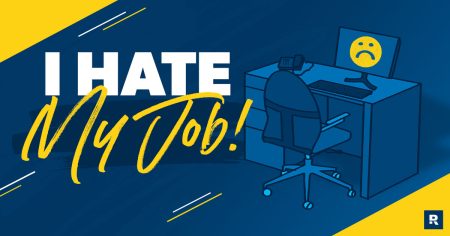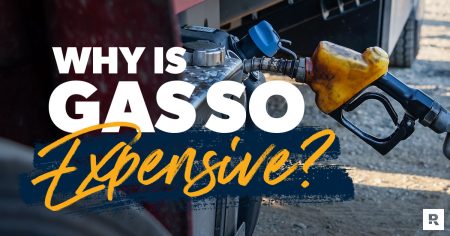If you’re reading this because you’re in so much debt you can barely breathe and you’re desperate for a way out, we see you. And know this: There is light at the end of the tunnel.
But Chapter 7 bankruptcy is definitely not something to just jump into when the collectors start hounding you. It’s a messy process that drags you through the legal mud and takes a while to bounce back from.
Let’s walk through how Chapter 7 bankruptcy works—so you can make the best decision for your situation and get back on your feet. Because you can get back up again.
What Is Chapter 7 Bankruptcy?
Chapter 7 bankruptcy (also known as liquidation bankruptcy) wipes out all or most of your debt by forcing you to sell your assets (anything you own that has value) to pay back your creditors (the people you owe money to).
Any remaining unsecured debt (debt that isn’t tied to an actual item, like credit cards and medical bills) is usually erased—with some exceptions.
Most bankruptcy cases (around 70%) are Chapter 7.1 But what actually happens during a Chapter 7 bankruptcy? Let’s break it down.
How Does Chapter 7 Bankruptcy Work?
Bankruptcy (especially Chapter 7 bankruptcy) isn’t a walk in the park. It’s more like a marathon in 100-degree weather.
If you file for bankruptcy, the court assigns you a trustee to handle your case and comb through all your personal and financial info. (Heads up: There’s zero privacy in a bankruptcy.) The trustee also manages the two main parts of a Chapter 7 bankruptcy: the meeting of creditors and the liquidation process.
The Meeting of Creditors
The meeting of creditors (sometimes called the 341 meeting) is when your creditors show up to make sure you didn’t leave any debts out of your bankruptcy paperwork. Because their goal is to get back as much of the money you owe them before the court erases any of your debt. (And yeah, this meeting is about as fun as it sounds.)
The only upside of the bankruptcy process is that it stops creditors from trying to collect from you, garnish your wages, or evict you. But just so you know: A Chapter 7 bankruptcy won’t stop a foreclosure on your home—it can only postpone it.
Liquidation
This is when your trustee sells (aka liquidates) what you own to pay off your creditors. What counts as exempt (or off-limits from selling) depends on the state you live in. Most people get to hold on to essentials like their house, car and retirement accounts. But nothing is guaranteed—which is part of what makes this process so difficult.
And if you want to keep any of the stuff you owe money on (like a car, boat or alpaca), you can choose to reaffirm the debt—meaning you recommit to the loan agreement. Of course, that also means you’re choosing to keep making payments on that debt. And that won’t do you any good if you already feel like you’re drowning.
But most Chapter 7 bankruptcies are actually no asset cases. This means all of the person’s property is either exempt or there is a lien on the property that promises it to other creditors. In that case, creditors go unpaid because there’s nothing to liquidate.
Once your trustee has sold all they can sell, the court will discharge (or cancel) any remaining unsecured debt . . . with some big exceptions. Like what? Let’s cover that now.
What Debts Does Chapter 7 Bankruptcy Not Erase?
Bankruptcy isn’t a magic wand—it can’t make all your problems (or debts) disappear. Here are the types of debt Chapter 7 bankruptcy (or any bankruptcy) won’t erase:
- Child support
- Alimony
- Tax debt
- Student loans
- Court fees
- HOA fees
- Any unsecured debt you left off your paperwork on purpose (which is fraud, by the way)
Basically, if you’ve been ordered by the court to pay up or you owe the government, you’re not getting out of those payments. And sorry, but if you were hoping to get Sallie Mae off your back, you’ll need to find a better way to get rid of your student loans than a bankruptcy.
Who Qualifies for Chapter 7 Bankruptcy?
Just because you have debt, it doesn’t mean you can file for Chapter 7 bankruptcy. It’s up to the court to decide if you’re able to pay back your debt—using something called the means test (and no, this isn’t a test to see how unfriendly you are).
Get help with your money questions. Talk to a Financial Coach today!
During the means test, the bankruptcy court compares your income to the state average to see if you have enough disposable income (aka the means) to pay back a decent chunk of what you owe. If they decide your income is too low, then you might qualify for Chapter 7.
But there are a few more things that must be true before you can file for Chapter 7:
- You need to take an approved credit counseling course.
- You can’t have applied for a Chapter 7 bankruptcy in the past eight years.
- You can’t have applied for a Chapter 13 bankruptcy in the past six years.
- You have to wait 181 days to file if you tried to apply for a Chapter 13 or Chapter 7 bankruptcy before, but the case was dismissed.
- You can’t try to defraud your creditors by taking on debt while planning to file for bankruptcy (so don’t get any ideas about racking up a bunch of credit card debt with the intention of having it all wiped away soon after).
How Much Debt Do You Have to Be in to File for Chapter 7 Bankruptcy?
There’s no minimum amount of debt needed to file for Chapter 7 bankruptcy, but your income must pass the means test.
How Long Does Chapter 7 Bankruptcy Take?
It generally takes about four to six months from the moment someone files for Chapter 7 bankruptcy until their remaining debts are discharged. But it can be a rough four to six months. And the effects of bankruptcy (both financial and mental) can last years.
How Long Does Chapter 7 Bankruptcy Stay on Your Credit Report?
We aren’t fans of the credit score, but if you’ve got debt, you’ve got one. And bankruptcy does affect your credit. Also, Chapter 7 bankruptcy stays on your credit report for up to 10 years after filing. Ten. Years. And bankruptcies are public information, so your situation isn’t hush-hush. Plus, having a bankruptcy on your record can keep you from getting approved for a mortgage.
Chapter 7 vs. Chapter 13
There are actually six different types of bankruptcies. The two most common types of bankruptcies for individuals are Chapter 7 and Chapter 13 (chapter just refers to the specific section of the bankruptcy code). But what’s the difference?
While Chapter 7 bankruptcy usually forgives most of your unsecured debt, Chapter 13 bankruptcy reorganizes it. In Chapter 13, you get a court-approved monthly payment plan to pay back some of your unsecured debt and all of your secured debt over three to five years. Also, the court gets to put you on a tight budget and keep a close eye on all your spending.
Unlike Chapter 7, Chapter 13 lets you keep your stuff and catch up on any debt that bankruptcy won’t erase. Also, Chapter 13 can stop a foreclosure and give you time to catch up on your mortgage.
Another key difference between Chapter 7 and Chapter 13 is how you qualify. With Chapter 7, your disposable income (that’s how much money you have left after you subtract all your necessary expenses, like rent and groceries) must be low enough to pass that means test we described earlier. If it’s not, you would have to file for Chapter 13 bankruptcy instead.
Alternatives to Filing for Chapter 7 Bankruptcy
We said it before, and we’ll say it again: Bankruptcy is serious. It’s not a quick fix. It’s not easy. And you might go through all the trouble of filing only to be denied.
Still, if you’re deep in debt, bankruptcy might feel like your only option. But it isn’t! You need to try everything in your power to avoid it. Here are a few ways to get started.
Get on a budget.
The first thing you should do before considering bankruptcy is get yourself on a bare-bones budget. Write down your total income, and then subtract the most essential expenses, which we call the Four Walls: food, utilities, shelter and transportation.
In other words, you feed your family, keep the lights on, pay the rent or mortgage, and put enough gas in the car to get to the very few places you need to go (like work and the grocery store). Use the rest of your income to fight the good fight of paying off your creditors—so you can get them off your back.
Increase your income.
Your next step in this war on debt is to boost the amount of money you’re throwing at your debt. How? By increasing your income. Take on more hours or get a get a side hustle. Or three. Yes, it’s intense, but so is bankruptcy. And when you increase your income, you’re the one in charge here, not a trustee.
Sell your stuff.
Listen, if you don’t sell your things now, you’ll either be forced to sell them in a bankruptcy or you’ll have to reaffirm the debt to keep them. So, get rid of your stuff so you can get rid of your debt.
Get help from a financial coach.
If you’re facing a possible bankruptcy, you need someone in your corner who will answer your questions and not judge you. That’s where a financial coach can help! They’ll talk with you about alternatives to bankruptcy and create a plan based on your personal situation.
How to File for Chapter 7 Bankruptcy
If you’ve gone through all the alternatives and you feel like the only answer is to file for bankruptcy, know this: Bankruptcy doesn’t make you a bad person. Good people get in tough situations. And you’ll get through this.
Here’s how to file for Chapter 7 bankruptcy:
- Gather and organize your documents. You’ll need a list of your debts, income and assets.
- Take an approved credit counseling course.
- Fill out all the bankruptcy forms.
- Make sure you have $335 for filing fees.2
- Print your bankruptcy forms.
- File your bankruptcy forms at your local courthouse.
- Send in any documents requested by your court-appointed bankruptcy trustee.
- Meet with your trustee (in a meeting of the creditors).
- Complete a debtor education course.
- Finish the bankruptcy process.
Don’t Face Bankruptcy Alone
Now, take a breath. It’s not the end of the world. There is hope, and you don’t have to face this giant alone. You can get through this with help from a Ramsey Preferred Coach (RPC).
Your RPC understands the struggle you’re going through—and how you can turn the tide quicker than you think. They’ll get to know your situation, answer your questions, and show you how to move forward without making bankruptcy a part of your future.
So, don’t give up. Don’t lose hope. And don’t wait. You’ve been wanting to get to a better place for so long. This is where it starts. You can do this.
Schedule your complementary session with a Ramsey Preferred Coach today!
Read the full article here



